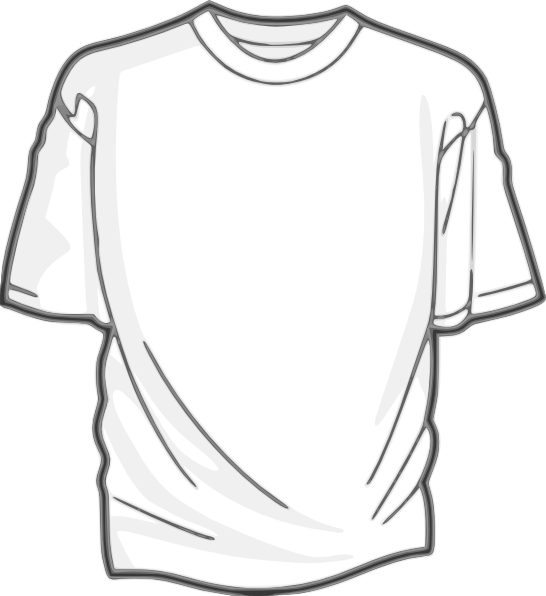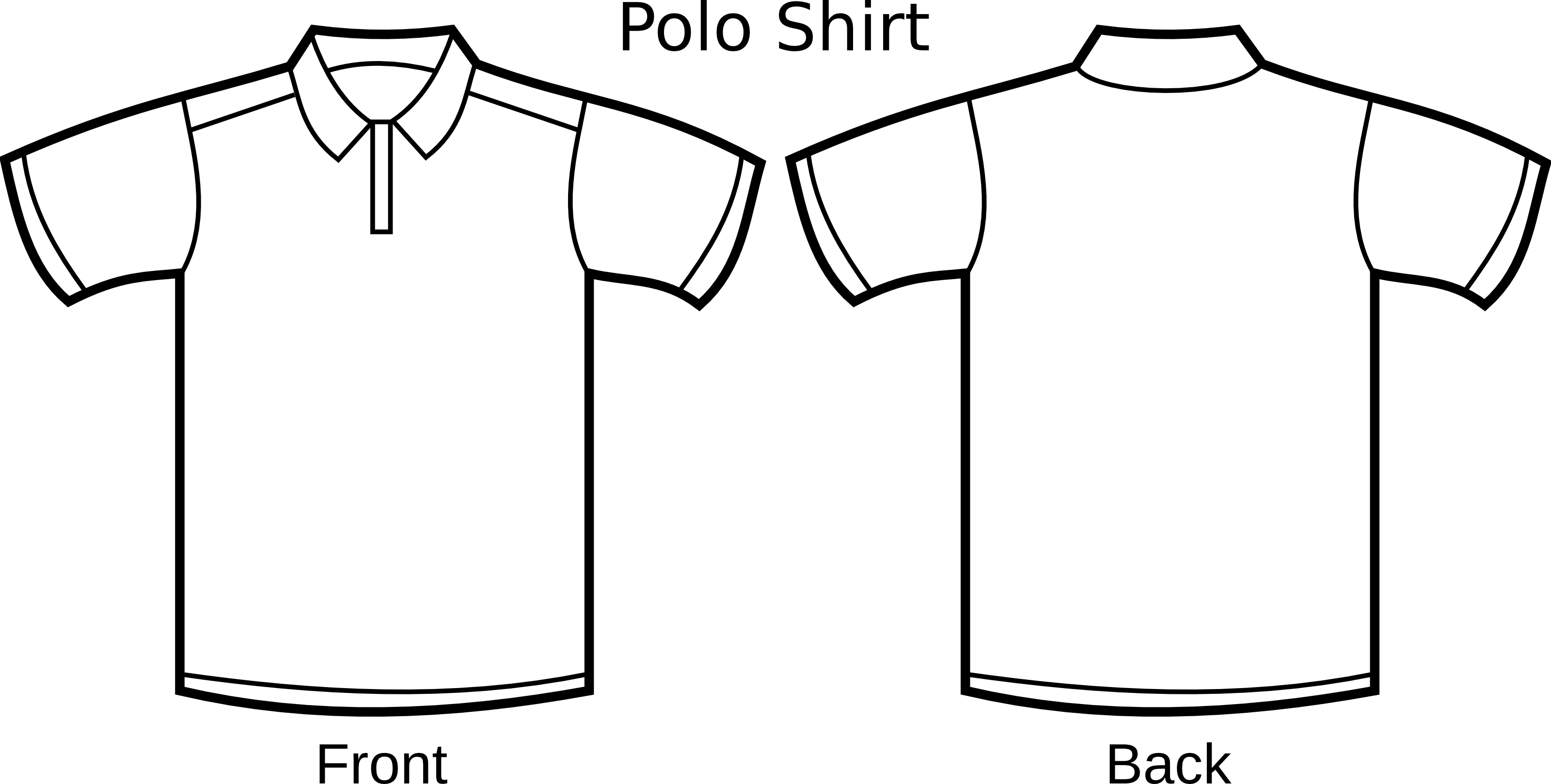Che Guevara's likeness has undergone continual apotheosis while being weaved throughout the public consciousness in a variety of ways. From being viewed as a "Saintly Christ-like" figure by the rural poor in Bolivia where he was executed, to being viewed as an idealistic insignia for youth, longing for a vague sense of rebellion. His likeness can also be seen on millions of posters, hats, key chains, mouse pads, hoodies, beanies, flags, berets, backpacks, bandannas, belt buckles, wallets, watches, wall clocks, Zippo lighters, pocket flasks, bikinis, personal tattoos, and most commonly T-shirts. Meanwhile his life story can be found in an array of films, documentaries, plays, and songs of tribute. Throughout television, music, books, magazines, and ironically even corporate advertisements, Che's visage is an ever-present political and apolitical emblem that has been endlessly mutated, transformed, and morphed over the last forty years of visual popular culture. This allows Che to operate as "both a fashionable de-politicized logo, as well as a potent anti-establishment symbol used by a wide spectrum of human rights movements and individuals affirming their own liberation."
Walk through any major metropolis around the globe and it is likely that you will come across an image of Che Guevara, most commonly a stylized version of Korda's iconic Guerrillero Heroico. An archetype, capable of endless visual regeneration, which depending on your opinion, either helps tell the story of 20th century visual literacy or kitsch banality. According to Hannah Charlton, editor of Che Guevara: Revolutionary and Icon, "By the 1990s the global market saw the emergence of what Naomi Klein has called a "market marsala"—a bilingual mix of North and South, some Latin, some R&B, all couched in global party politics." By embodying corporate identities that appear radically individualistic and perpetually new, the brands attempt to inoculate themselves against accusations that they are selling sameness. The next stage is to present consumption as a code, where mega brands, supposedly reflecting the "indie" values of their purchasing audience, can do so with a knowing irony that of course the buyer can remain seemingly untouched by the corporate values underpinning the transaction.
Enter Che: the 1960s symbol of student revolution, the all-pervasive ascetic gaze used to add allure and mystique to a product, because either a sophisticated audience is savvy enough to distinguish between revolution and commerce while enjoying the irony, or oblivious of who he is or what he represents. This began the metamorphosis from Che the martyred resistance fighter beloved by many, and Che the violent Marxist revolutionary despised by others, to his dual paradoxical position in the global corporate capitalist culture. The commodification of the image has been ongoing since his death, and since the late 1990s has seen a resurgence. UCLA art historian David Kunzle, has described the phenomenon by noting "if you go to Havana today, you will not see Che with a gun, you will see him with a rose or a dove. He's become the Gandhi of Cuba."
This abiding 'renaissance' of Che's visage, is chronicled by filmmaker and Guggenheim scholar Trisha Ziff, who explores the genesis, continuing adaptation, and history of Che Guevara's famous image in the 2008 documentary "Chevolution". In another doumentary entitled Personal Che (2007), filmmakers Adriana Marino and Douglas Duarte document the numerous ways that people around the world re-create Che in their own image.
Hannah Charlton hypothesizes that "appropriating the aura of Che for brand building, has now given rise to a new resurgence of "Che-ness" that transcends branding in its global appeal. In the shifting complexities of intercultural values, in the search for universal images that can speak across borders and boundaries, today's global image of Che is the most successful." The Che face, more than any other icon according to Charlton, can keep accruing new application without relinquishing its essence – a generic and positive version of anti-status quo and liberation from any oppressive force, and a general, romantic, non-specific fantasy about change and revolution.
"Some argue that history has transformed Che's revolutionary image into just another fashion accessory. It is tempting for those of us on the left to feel uncomfortable with his popular appeal; rather like music fans who, when their favorite underground band hits the big time, moan that they've 'gone commercial' ... I don't see it that way. If only 10 percent of the people who wear the image know what he stood for, that is still many millions. Overwhelmingly, they are also young people, with their hearts set on making the world a better place. Indeed, in my experience, many more than 10 percent have a very good idea of what he stood for ... If Che's image seems to be everywhere, that is because what he fought and died for is more fashionable than ever."
Che Guevara's unlikely transformation into a "sanctified" figure began immediately after his execution. Susana Osinaga, the nurse who cleaned Guevara's corpse after his execution reminisced that locals saw an uncanny physical resemblance to the popularized artistic portrayals of Jesus. According to Osinaga, "he was just like a Christ, with his strong eyes, his beard, his long hair", adding that in her view he was "very miraculous." Jon Lee Anderson, author of Che Guevara: A Revolutionary Life, notes how among the hospital's nuns, and a number of Vallegrande women, the impression that Guevara bore an extraordinary resemblance to Jesus Christ quickly spread; leading them to surreptitiously clip off clumps of his long hair and keep them for good luck. Jorge G. Castañeda, author of Compañero: The Life and Death of Che Guevara, discerns that "the Christ-like image prevailed" stating "it's as if the dead Guevara looks on his killers and forgives them, and upon the world, proclaiming that he who dies for an idea is beyond suffering." Eleven days after Guevara's execution, journalist I. F. Stone (who himself had interviewed Guevara), drew the comparison by noting that "with his curly reddish beard, he looked like a cross between a faun and a Sunday-school print of Jesus." That observation was followed by German artist and playwright Peter Weiss' remark that the post-mortem images of Guevara resembled a "Christ taken down from the cross." Che's last moments and the connection to Christian iconography was also noted by David Kunzle, author of the book Che Guevara: Icon, Myth, and Message, who analogized the last photo of Guevara alive, with his hands bound, to an "Ecce Homo." In August 1968, French [intellectual] Régis Debray who was captured in Bolivia while living with Che Guevara, gave a jailhouse interview where he also drew the comparison. According to Debray, Che (an atheist) "was a mystic without a transcendent belief, a saint without a God." Debray went on to tell interviewer Marlene Nadle of Ramparts Magazine that "Che was a modern Christ, but I think he suffered a much harder passion. The Christ of 2,000 years ago died face-to-face with his God. But Che knew there was no God and that after his death nothing remains."
Walk through any major metropolis around the globe and it is likely that you will come across an image of Che Guevara, most commonly a stylized version of Korda's iconic Guerrillero Heroico. An archetype, capable of endless visual regeneration, which depending on your opinion, either helps tell the story of 20th century visual literacy or kitsch banality. According to Hannah Charlton, editor of Che Guevara: Revolutionary and Icon, "By the 1990s the global market saw the emergence of what Naomi Klein has called a "market marsala"—a bilingual mix of North and South, some Latin, some R&B, all couched in global party politics." By embodying corporate identities that appear radically individualistic and perpetually new, the brands attempt to inoculate themselves against accusations that they are selling sameness. The next stage is to present consumption as a code, where mega brands, supposedly reflecting the "indie" values of their purchasing audience, can do so with a knowing irony that of course the buyer can remain seemingly untouched by the corporate values underpinning the transaction.
Enter Che: the 1960s symbol of student revolution, the all-pervasive ascetic gaze used to add allure and mystique to a product, because either a sophisticated audience is savvy enough to distinguish between revolution and commerce while enjoying the irony, or oblivious of who he is or what he represents. This began the metamorphosis from Che the martyred resistance fighter beloved by many, and Che the violent Marxist revolutionary despised by others, to his dual paradoxical position in the global corporate capitalist culture. The commodification of the image has been ongoing since his death, and since the late 1990s has seen a resurgence. UCLA art historian David Kunzle, has described the phenomenon by noting "if you go to Havana today, you will not see Che with a gun, you will see him with a rose or a dove. He's become the Gandhi of Cuba."
 Shirt Outline clip art |  White T Shirt clip art vector |  Digitalink Blank T Shirt | shirt outline |  Shirt Outline clip art |
 Purple T Shirt clip art |  Green T Shirt clip art |  Shirt Template Clipart |  T Shirt Outline Style 1111px. |  White Outline Design Of A |
"Some argue that history has transformed Che's revolutionary image into just another fashion accessory. It is tempting for those of us on the left to feel uncomfortable with his popular appeal; rather like music fans who, when their favorite underground band hits the big time, moan that they've 'gone commercial' ... I don't see it that way. If only 10 percent of the people who wear the image know what he stood for, that is still many millions. Overwhelmingly, they are also young people, with their hearts set on making the world a better place. Indeed, in my experience, many more than 10 percent have a very good idea of what he stood for ... If Che's image seems to be everywhere, that is because what he fought and died for is more fashionable than ever."
 Royalty Free RF Clip Art |  Shirt Outline clip art |  T Shirt Outline Clip Art |  polo shirts outline in |  Black T Shirt clip art vector |
 Our Outline clipart image is |  Brown T Shirt clip art |  Scroll Outline Clip Art |  t-shirt outline clipart |  Our Tree Outline clipart image |
No comments:
Post a Comment